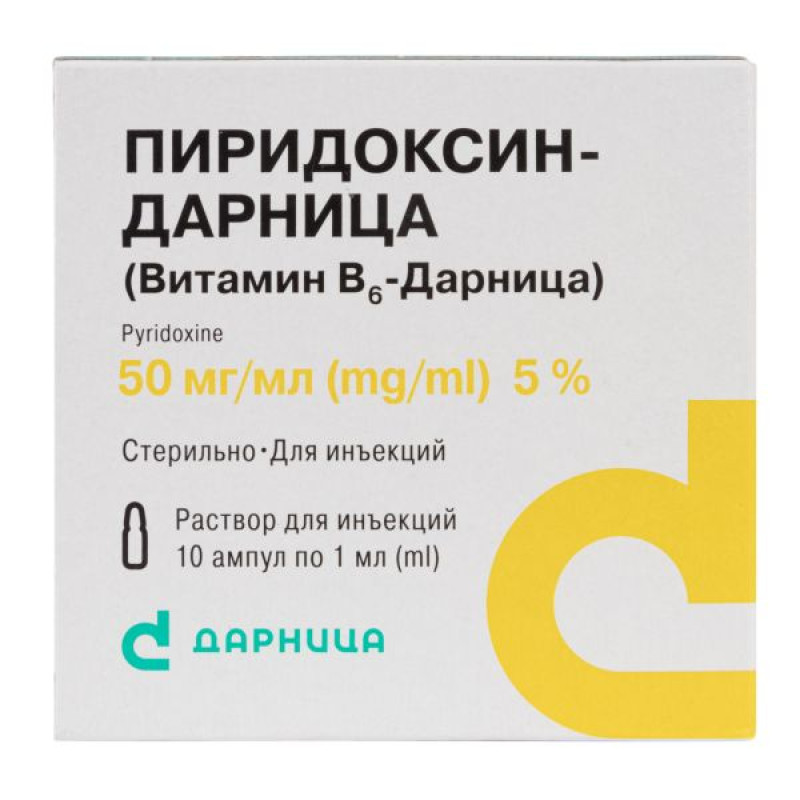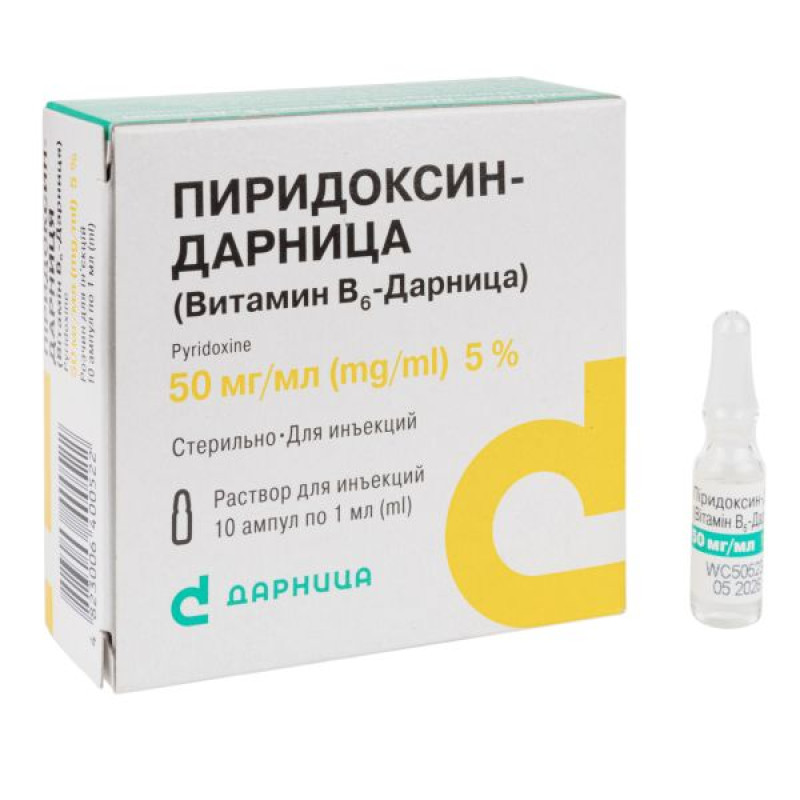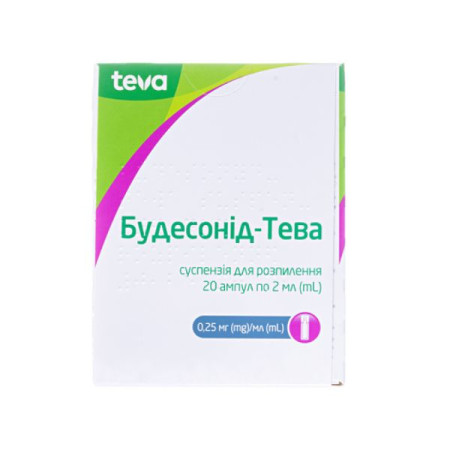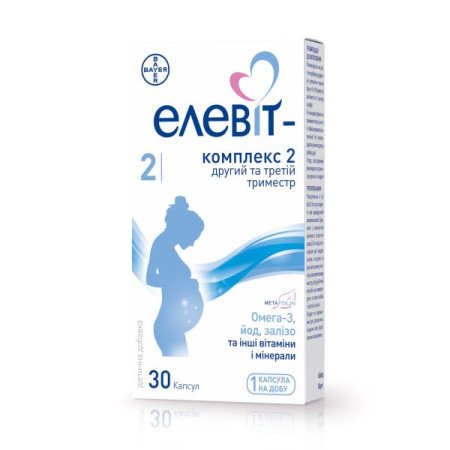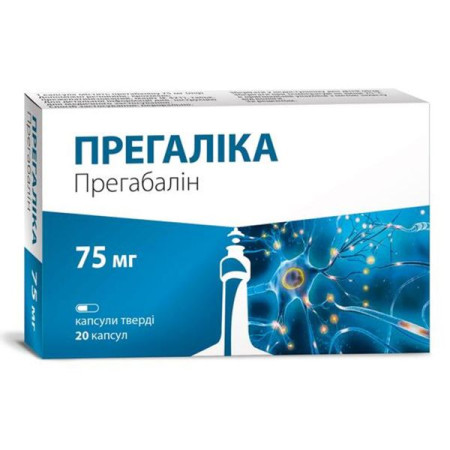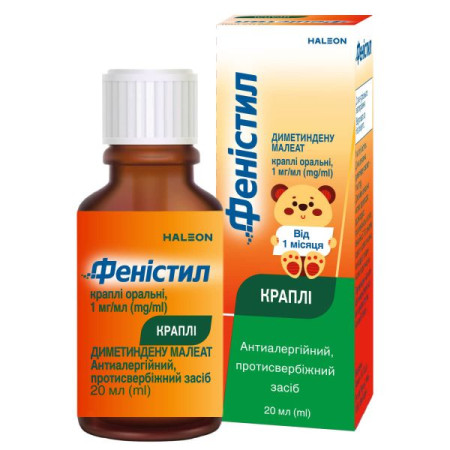Pyridoxine-Darnitsa (vitamin B6) solution for injection 50 mg/ml ampoule 1 ml No. 10
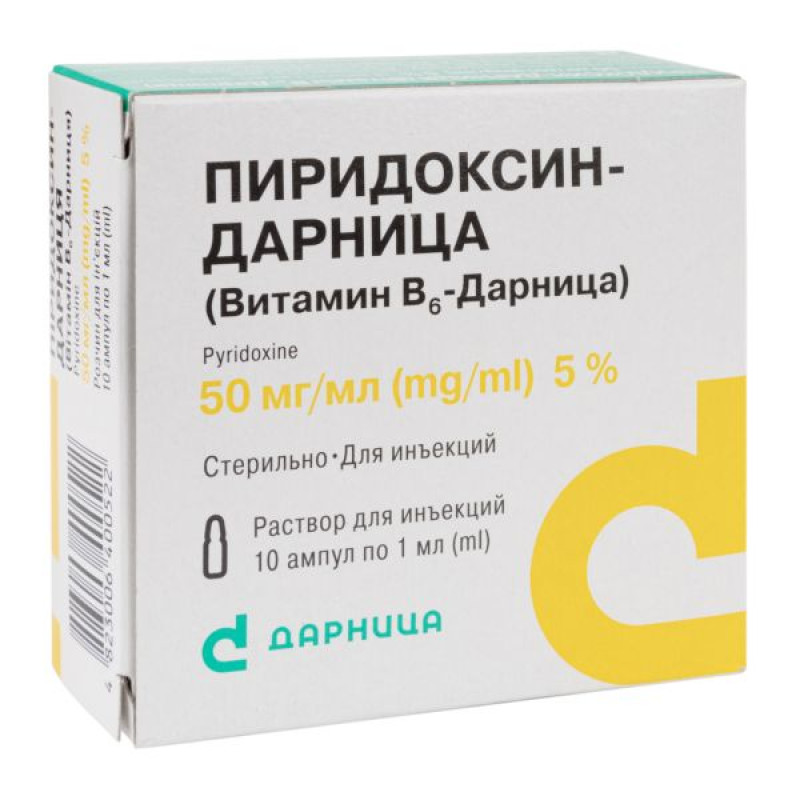
Instructions Pyridoxine-Darnitsa (vitamin B6) solution for injection 50 mg/ml ampoule 1 ml No. 10
Composition
active ingredient: pyridoxine hydrochloride;
1 ml of solution contains pyridoxine hydrochloride 50 mg;
Excipients: disodium edetate, water for injections.
Dosage form
Solution for injection.
Main physicochemical properties: clear colorless or slightly colored liquid.
Pharmacotherapeutic group
Simple vitamin preparations. Pyridoxine. ATC code A11N A02.
Pharmacological properties
Pharmacodynamics
Pyridoxine hydrochloride (vitamin B6) is found in plants and animal organs, especially in unpeeled cereal grains, vegetables, meat, fish, milk, cod and beef liver, and egg yolk. A fairly large amount of vitamin B6 is found in yeast. The need for vitamin B6 is met by food; it is also partially synthesized by intestinal microflora.
It plays an important role in metabolism, is necessary for the normal functioning of the central and peripheral nervous system, participates in the synthesis of neurotransmitters. In the phosphorylated form, it ensures the processes of decarboxylation, reamination, deamination of amino acids, participates in the synthesis of protein, enzymes, hemoglobin, prostaglandins, the metabolism of serotonin, catecholamines, glutamic acid, GABA, histamine, improves the use of unsaturated fatty acids, reduces the level of cholesterol and lipids in the blood, improves myocardial contractility, promotes the conversion of folic acid into its active form, stimulates hematopoiesis. In atherosclerosis, vitamin B6 improves lipid metabolism.
Pyridoxine reduces the content of glycosylated hemoglobin in atherosclerosis and diabetes mellitus. In addition, pyridoxine acts as a diuretic: it helps reduce high blood pressure.
It has been established that pyridoxine has a positive effect on the production of norepinephrine and serotonin, increasing their production in depression, which is associated with its participation as a cofactor of dopa-decarboxylase in the process of catecholamine synthesis.
Pyridoxine can prolong clotting time and inhibit platelet aggregation, which is due to the binding of pyridoxal phosphate to fibrinogen and to specific amino groups on the platelet surface.
Pharmacokinetics
Metabolized in the liver with the formation of pharmacologically active metabolites (pyridoxal phosphate and pyridoxaminophosphate). Pyridoxal phosphate is 90% bound to blood plasma proteins. Penetrates well into all tissues. Accumulates mainly in the liver, to a lesser extent in the muscles and central nervous system (CNS). Penetrates through the placenta, excreted in breast milk. Half-life (T1/2) - 15-20 days. Excreted by the kidneys (with intravenous administration - with bile (2%), as well as during hemodialysis.
Indication
Vitamin B6 hypo- and avitaminosis. Complex treatment of toxicosis of pregnant women, atherosclerosis, anemia (including sideroblastic), leukopenia, diseases of the nervous system (radiculitis, neuritis, neuralgia, Parkinsonism, Little's disease), depression of involutional age, seborrheic and non-seborrheic dermatitis, shingles, neurodermatitis, psoriasis, exudative diathesis, during withdrawal from binge drinking and hangover syndrome. Also prescribed for air and sea sickness, Meniere's disease. Pyridoxine hydrochloride prevents or reduces toxic effects (especially in polyneuritis) during treatment with anti-tuberculosis drugs. Treatment of pyridoxine-dependent seizures.
Contraindication
Hypersensitivity to the components of the drug. Gastric and duodenal ulcer (due to possible increased acidity of gastric juice). Liver diseases with severe functional insufficiency. Ischemic heart disease.
Interaction with other medicinal products and other types of interactions
Diuretics - when used in combination with pyridoxine, the effect of diuretics is enhanced.
Hormonal contraceptives, cycloserine, penicillamine, isoniazid, hydralazine sulfate, ethionamide, immunosuppressants - when used in combination with pyridoxine, the effect of the latter is weakened.
Sleeping pills and sedatives - when used in combination with pyridoxine, the sleeping pill effect is reduced.
Antiparkinsonian drugs - when used in combination with pyridoxine, the effectiveness of drugs for the treatment of Parkinson's disease is reduced.
Phenytoin - when used in combination with pyridoxine, the effect of phenytoin is weakened.
Corticosteroids - when used in combination with pyridoxine, the amount of vitamin B6 in the body decreases.
Glutamic acid, aspartame - when used in combination with pyridoxine, resistance to hypoxia increases.
Cardiac glycosides - when used in combination with pyridoxine, the synthesis of contractile proteins in the myocardium increases.
Tricyclic antidepressants - when used in combination with pyridoxine, the latter eliminates the side effects of tricyclic antidepressants associated with their anticholinergic activity (dry mouth, urinary retention).
Levomycetin preparations of resorptive action - when used in combination with pyridoxine, the latter prevents ophthalmological complications that occur with prolonged use of levomycetin preparations of resorptive action (synthomycin, chloramphenicol).
Application features
Use with caution in patients with a history of gastric and duodenal ulcers (due to possible increased acidity of gastric juice), with functional liver failure (pyridoxine in large doses may impair its function).
Pyridoxine metabolism is disrupted by regular alcohol consumption.
May result in a false-positive urobilinogen test using Ehrlich's reagent.
Ability to influence reaction speed when driving vehicles or other mechanisms
During treatment, caution should be exercised when driving vehicles and working with complex mechanisms due to the possibility of developing side effects from the nervous system.
Use during pregnancy or breastfeeding
The drug should be prescribed during pregnancy for toxemia of pregnancy and vomiting in pregnant women. When prescribing the drug during breastfeeding, lactation suppression is possible.
Method of administration and doses
The drug Pyridoxine-Darnitsa should be administered intramuscularly, intravenously, or subcutaneously in cases where oral administration is not possible.
The course of treatment is individual and is determined by the type and severity of the disease.
Prepare the solution immediately before use - dilute a single dose of the drug in 1-2 ml of water for injection or 0.9% sodium chloride solution.
Adults.
Hypovitaminosis B6: the drug is prescribed in a daily dose of 50-100 mg (1-2 ml) for 1-2 injections. The course of treatment is 3-4 weeks.
Sideroblastic anemia: the drug is administered intramuscularly in a daily dose of 100 mg (2 ml) 2 times a week. It is recommended to take folic acid, riboflavin, vitamin B12 at the same time.
Depression of involutional age: the drug is administered intramuscularly at a dose of 200 mg (4 ml) per day. The course of treatment is 20-25 injections.
Use of isoniazid group drugs: the drug should be prescribed in a daily dose of 5-10 mg (0.1-0.2 ml) throughout the entire course of isoniazid treatment.
Overdose of isoniazid group drugs: for every 1 g of overdosed drug, administer 1 g (20 ml) of pyridoxine intravenously at a rate of 0.5 g/min. In case of isoniazid overdose of more than 10 g, pyridoxine should be administered intravenously at a dose of 4 g (80 ml), and then intramuscularly - 1 g (20 ml) of the drug every 30 minutes. The total daily dose is 70-350 mg/kg.
Toxicosis of pregnancy: the drug is administered intramuscularly at a dose of 50 mg (1 ml) per day. The course of treatment is 10-20 injections.
Pyridoxine-dependent anemia (macrocytic, hypochromic with increased iron levels in the blood plasma): the drug is prescribed in a daily dose of 50-200 mg (1-4 ml). The course of treatment is 1-2 months. In the absence of effect, another type of therapy should be switched.
Pyridoxine-dependent syndrome, including pyridoxine-dependent convulsions: the drug is administered intravenously or intramuscularly at a dose of 50-500 mg (1-10 ml) per day. Intravenously administered at a rate of 50 mg/min. The course of treatment is 3-4 weeks.
Parkinsonism: the drug is administered intramuscularly at a dose of 100 mg (2 ml) per day. The course of treatment is 20-25 days. After 2-3 months - a repeated course. According to another treatment regimen: the drug is administered intramuscularly at an initial daily dose of 50-100 mg (1-2 ml), and then the dose is increased daily by 50 mg (1 ml) and brought to 300-400 mg (6-8 ml) per day once. Treatment is carried out in courses of 12-15 days.
Other indications: the drug should be prescribed in a daily dose of 50-100 mg (1-2 ml) in 1-2 injections.
For children.
Hypovitaminosis B6: the doctor prescribes the dose of the drug individually at the rate of 1-2 mg/kg of body weight per day. The course of treatment is 2 weeks.
Pyridoxine-dependent convulsions: the drug is administered intramuscularly or intravenously by jet at a dose of 50-100 mg (1-2 ml) per day. Intravenously, administer at a rate of 50 mg/min. Maximum doses for children have not been established.
Overdose of isoniazid group drugs: for every 1 g of overdosed drug, administer 1 g (20 ml) of pyridoxine intravenously. If the dose of isoniazid is unknown, administer pyridoxine at the rate of 70 mg/kg of body weight. The maximum dose is 5 g (100 ml).
Children
The drug can be used in pediatric practice. Administer intramuscularly and intravenously. Doses and administration regimen depend on the pathology (see section "Method of administration and dosage").
Overdose
Symptoms: increased side effects; impaired protein, carbohydrate and lipid metabolism; degenerative changes in the central nervous system (peripheral neuropathy) and parenchymal organs (metabolic disorders associated with a significant decrease in the activity of nicotinamide coenzymes NAD and NADP and nicotinic acid deficiency). Symptoms of peripheral neuropathy: hyperparesthesia, paresthesia, muscle weakness. Sensory neuropathies with progressive gait disturbance, numbness and tingling in the legs and arms, partial baldness, decreased body resistance to infections, decreased activity of the blood anticoagulant system are possible. With prolonged use in large doses, hypervitaminosis B6 develops, which is characterized by a sharp decrease in protein content in muscle tissue and internal organs. In the early stages of hypervitaminosis B6, skin rashes, dizziness, and convulsions may appear. When the drug is discontinued, these symptoms disappear.
Treatment: Drug withdrawal, symptomatic treatment.
Adverse reactions
Cardiovascular system: tachycardia, pain in the heart area;
from the central and peripheral nervous system: headache, dizziness, drowsiness, agitation, impaired coordination, paresthesia, numbness in the extremities, the appearance of a feeling of compression in the extremities - the "stockings and gloves" symptom, loss of consciousness and the development of convulsions with rapid intravenous administration;
Respiratory system: difficulty breathing;
Gastrointestinal: nausea, epigastric pain, heartburn, increased gastric secretion;
from the side of metabolism: decreased folic acid levels;
from the immune system, skin and subcutaneous tissue: hypersensitivity reactions, including anaphylactic shock, urticaria, rash, itching, skin hyperemia, dermatitis, angioedema, photosensitization;
From the reproductive system and mammary glands: suppression of lactation during the lactogenic period;
Injection site disorders: changes at the injection site, including hyperemia, itching, burning at the injection site;
general disorders: weakness, fever.
Expiration date
3 years.
Storage conditions
Store in the original packaging at a temperature not exceeding 25 ° C. Do not freeze.
Keep out of reach of children.
Packaging
1 ml in an ampoule; 5 ampoules in a contour blister pack; 2 contour blister packs in a pack.
Vacation category
According to the recipe.
Producer
PrJSC "Pharmaceutical Company "Darnitsa".
Location of the manufacturer and its business address
Ukraine, 02093, Kyiv, Boryspilska St., 13.
There are no reviews for this product.
There are no reviews for this product, be the first to leave your review.
No questions about this product, be the first and ask your question.







